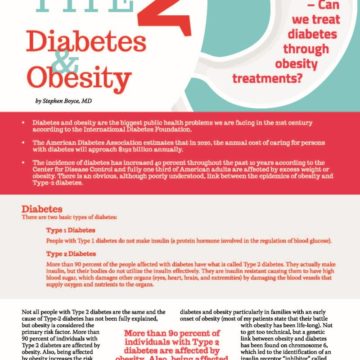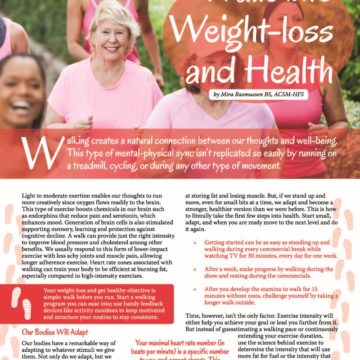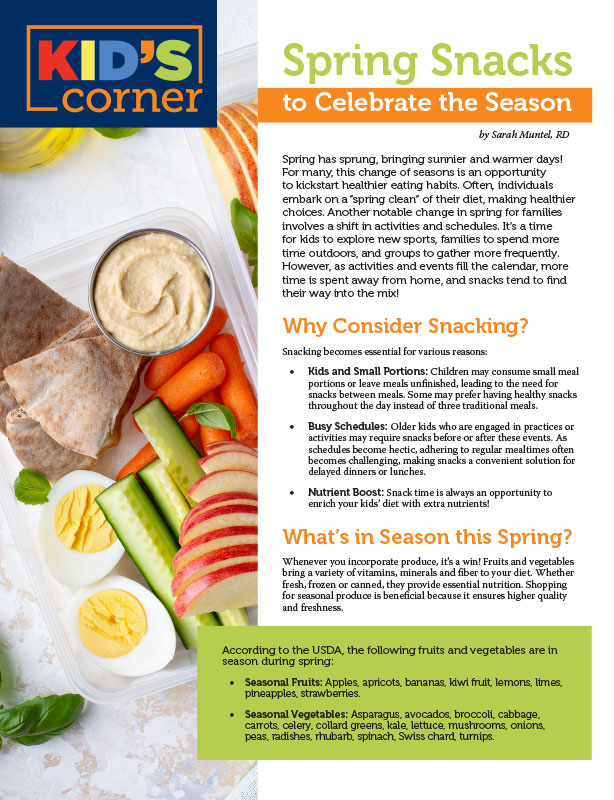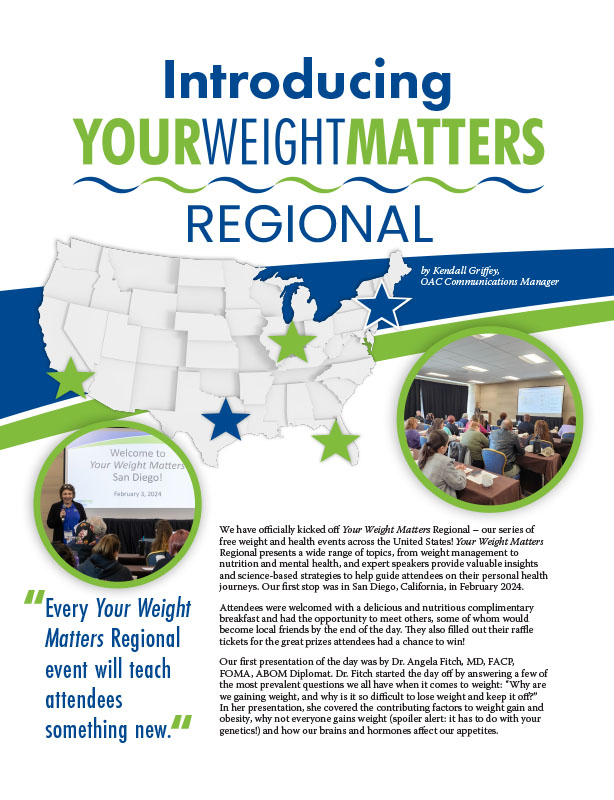FDA’s New Menu Labeling Laws – Will they help you in your weight-loss journey?


by Pam Helmlinger, RD, LDN, CDE
Spring 2015
Monitoring calorie intake is a proven weight-loss strategy and the Food and Drug Administration (FDA) has taken steps recently to help the health-conscious make better food choices when dining away from home.
Since Americans eat and drink approximately one-third of their total calorie intake away from home, making this information available on restaurant menus helps consumers make informed choices when dining out if they pay attention to the posted calorie information. Without nutrition information easily accessible, it is difficult for most people to compare options and make the best decisions.
How did menu labeling become a requirement for restaurants?
A national law was passed in March 2010 as part of the Affordable Care Act, which mandates menu labeling rules that will apply to restaurant-type establishments (that are part of a chain with 20 or more locations) fitting into the following categories:
- Restaurants
- Movie theaters
- Amusement parks
- Convenience stores
- Take-out food
- Ice cream shops
Calorie information will be required for some alcoholic beverages, and vending machine operators with at least 20 locations will also be required to post calorie counts.
Covered establishments will be required to post calorie counts and a statement on menus and menu boards about the availability of additional written nutrition information as well. Establishments will list calorie information for standard menu items and a statement regarding suggested calorie intake. Note that calorie recommendations should be specific to your activity level and based on your individual needs, which you can calculate with the help of a registered dietitian who is familiar with your medical background, so the suggested intake is very generalized versus the recommendation for someone who is trying to lose a significant amount of weight.
How does eating away from home impact my calorie intake?
Studies link eating away from home with higher calorie intake as well as obesity. Children eat almost twice as many calories when they eat at a restaurant compared to a meal prepared at home. The average American eats out about six times per week, which easily causes one to exceed their calorie needs throughout the course of an entire week. When eating out, people eat less nutrient dense foods that tend to be higher in saturated fat and much lower in nutrients such as calcium or fiber, than when eating at home. Meanwhile, providing nutrition information is one step that has been shown to help people make lower calorie choices.
A key benefit of menu labeling in chain restaurants has been the reformulation of menu items and the introduction of healthier alternatives. In addition, many popular chains have initiated smaller portions on their menus in an effort to offer some lower calorie menu options. Emerging evidence indicates that menu labeling does not impact revenue and could have positive effects in promoting better food choices. In today’s world, with diet apps to track calorie intake and the average American’s on-the-go lifestyle, it is important for people to pay attention and see what they are taking in. Having food establishments provide nutrition information at the point of purchase increases awareness and has been shown to help consumers make healthier choices.
Will menu labeling work?
Implementation of this law has been delayed for several years. In some cities such as New York City, calorie labeling on menus has already been required. Numerous studies have taken a look at the effectiveness this labeling has on consumers’ choices. In general, between 30 to 60 percent of consumers actually take notice of the calorie information posted on menu boards. However, key findings from the Healthy Eating Research (H.E.R.) review show that there is a high degree of public support for providing nutrition information at the points of purchase.
In 2009, the H.E.R. research synthesis also found that people underestimate the calories they consume when eating away from home and menu labeling in fact shows a reduction in the intention to order high fat, high calorie items. A 2011 report on the impact of menu labeling in suburban Maryland as well as one in Philadelphia found that it had very little effect on the consumer food choices. Apparently, people were already well aware of the high calorie and fat content of the items they order, but were not that interested-either because it was not a personal priority or they were just splurging on foods they otherwise would not eat at home. Limited data suggests that recently calorie content of menu items in some restaurants may be decreasing, though not clear whether this can be directly attributed to menu labeling or not. Many chains have reported introducing lower-calorie options, including:
- Starbucks
- Applebee’s
- Burger King
- Kentucky Fried Chicken
- McDonald’s
- Taco Bell
- Subway
Some improvements have been found in Kirs County, Washington, including entrées that have been reduced in calories, saturated fats, and sodium at chain restaurants between 6 and 18 months following implementation of the regulation.
What about the extras?
Besides the tendency for many consumers to overlook nutrition information posted on a menu, some other negative aspects are the fact that they may not take into account the stated serving size or additional toppings, flavors, sides, or varieties, such as on a salad or pizza.
The same goes for combination meals where the calorie counts are listed separately and then must be added together for the total of the whole meal. Consumers must therefore be educated on the presence and use of menu labeling, including tailored messages for non-English speakers. From a business standpoint, the costs are extremely high for establishing these labels, which will especially affect smaller businesses for whom operating on margins is much more critical than for larger national restaurant chains. Lastly, applying the guidelines to prepared foods sold in grocery stores is likely to influence the offering of prepared fresh foods for sale in favor of packaged foods that are higher in sodium, unhealthy fats, and preservatives.
Conclusion
Labeling on menus is a relatively new intervention for reducing calorie consumption as well as potentially other less healthy nutrients such as certain types of fat and sodium. Regardless of whether it has an immediate effect on caloric intake, health conscious consumers want to have easy and clear access to nutritional information of foods and beverages. Decades of exposure to advertising on television and special pricing will continue to influence choices to create brand and product loyalties. The impact over several years of menu labeling must be measured in the context of the persuasive measures shaping consumers’ decisions present long before ordering at a food establishment.
Customers who report using labels order substantially fewer calories, at least 100 calories less per meal among those who report using the information, likely because those who read labels are more inclined to seek the healthier choices anyway, and the nutrition label enables them to do so. Given the millions of Americans who regularly eat out, there is a great potential for benefiting a broad reach. Yet factors such as taste, price, and convenience may very well affect choices to a greater extent than health concerns, which would limit the impact of menu labeling.
Advocates of menu labeling feel that consumers, ultimately, should have the opportunity to be aware of the nutrition facts of the food they are contemplating eating. As a registered dietitian, I personally feel that it has the potential to benefit my patients who are already making great strides in reducing their overall calorie intake and making healthier food choices. While I would like to see a shift in America to preparing more foods at home and more mindful eating overall, I am aware that a large number of people eat out on a daily basis. And for those who are going to continue to rely on others to prepare their meals, they should at least take into consideration what they are eating. I feel the best educational campaigns in improving food choices start at home and in the classroom, where children can be impacted to grow up making healthy choices and learning to assemble meals long before they reach adulthood. But it is never too late to start making small changes, even as little as ordering a 100-calorie reduction in menu choice, in order to make lasting changes throughout time and improvements in your health. You have to start somewhere and be intentional about those goals and lifestyle changes, and when you achieve your goals, the small sacrifices are well worth the results.
About the Author:
Pam Helmlinger, RD, LDN, CDE, is a registered dietitian and diabetes educator at Centennial Center for the Treatment of Obesity. She provides nutrition counseling to pre- and post-op bariatric patients along with a medical weight-loss program. She earned her Bachelor of Science in Dietetics from Harding University in 2001 and has worked with the program since 2006.
by Sarah Muntel, RD Spring 2024 Spring has sprung, bringing sunnier and warmer days! For many, this…
Read Articleby Kendall Griffey, OAC Communications Manager Spring 2024 We have officially kicked off Your Weight Matters Regional…
Read ArticleTelemedicine became a popular tool during the pandemic because it allows healthcare professionals to provide medical care…
View Video










